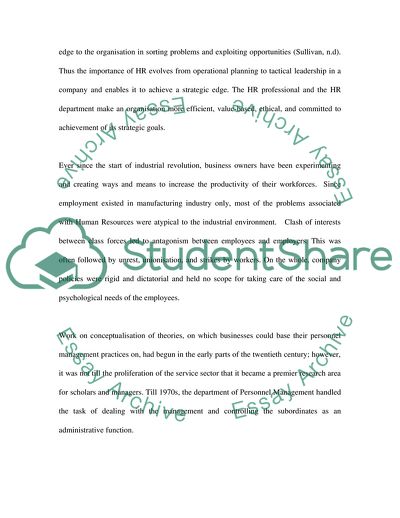Cite this document
(Human Resource Managment in Its Environment Coursework, n.d.)
Human Resource Managment in Its Environment Coursework. https://studentshare.org/human-resources/1710665-human-resource-managment-in-its-environment
Human Resource Managment in Its Environment Coursework. https://studentshare.org/human-resources/1710665-human-resource-managment-in-its-environment
(Human Resource Managment in Its Environment Coursework)
Human Resource Managment in Its Environment Coursework. https://studentshare.org/human-resources/1710665-human-resource-managment-in-its-environment.
Human Resource Managment in Its Environment Coursework. https://studentshare.org/human-resources/1710665-human-resource-managment-in-its-environment.
“Human Resource Managment in Its Environment Coursework”. https://studentshare.org/human-resources/1710665-human-resource-managment-in-its-environment.


